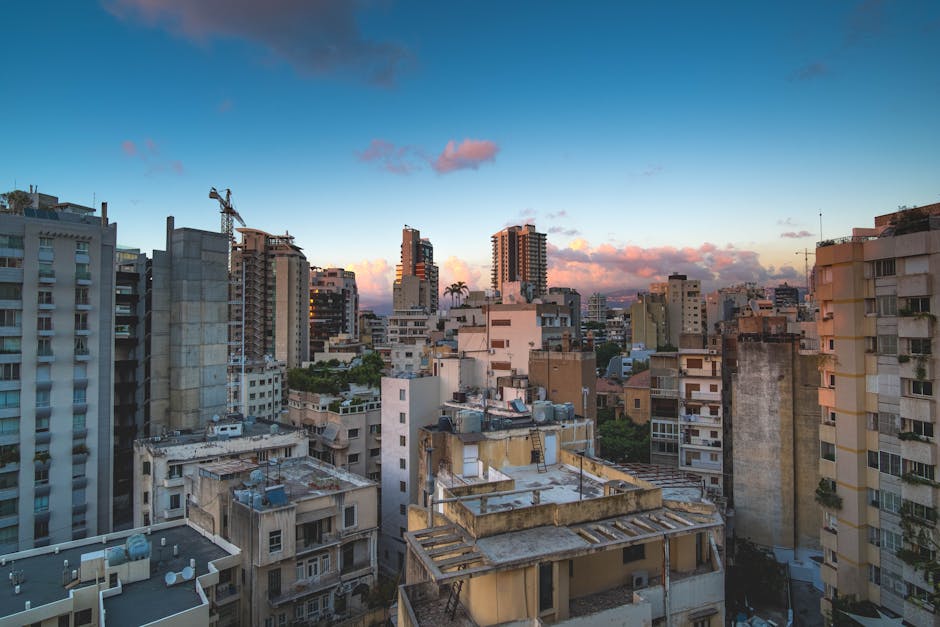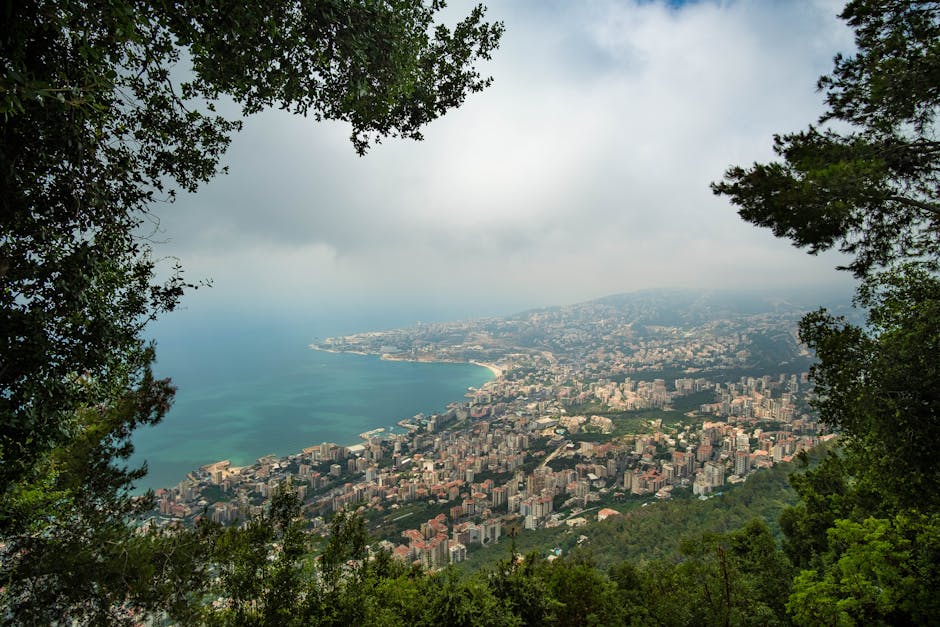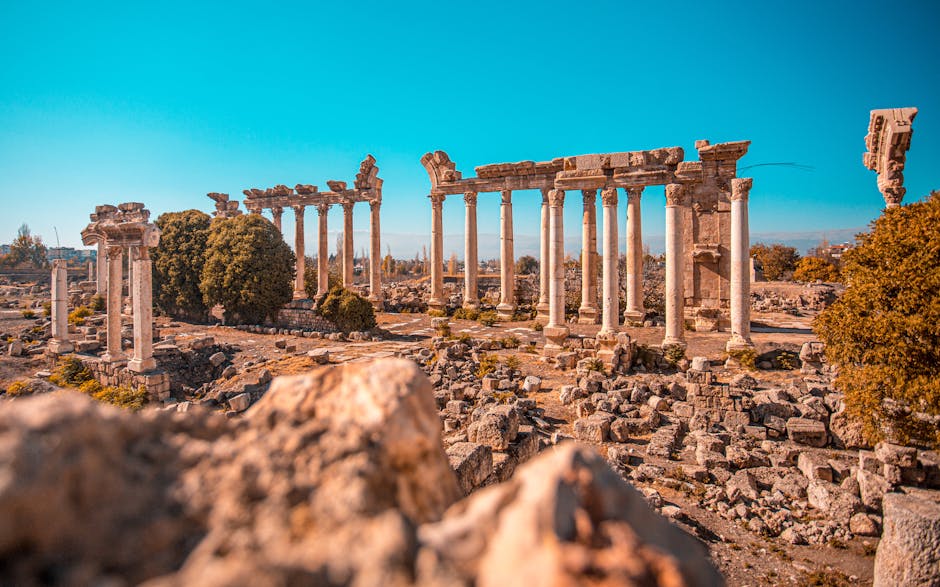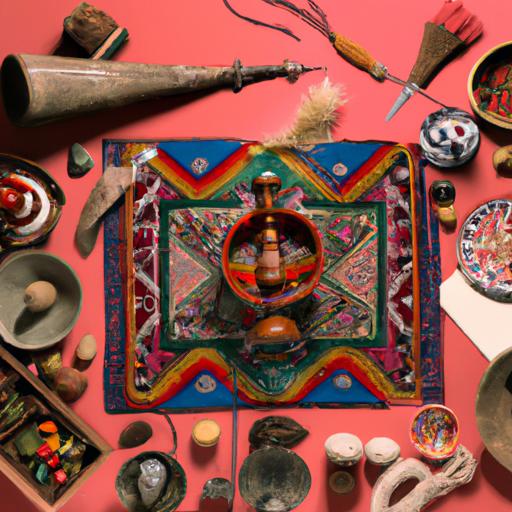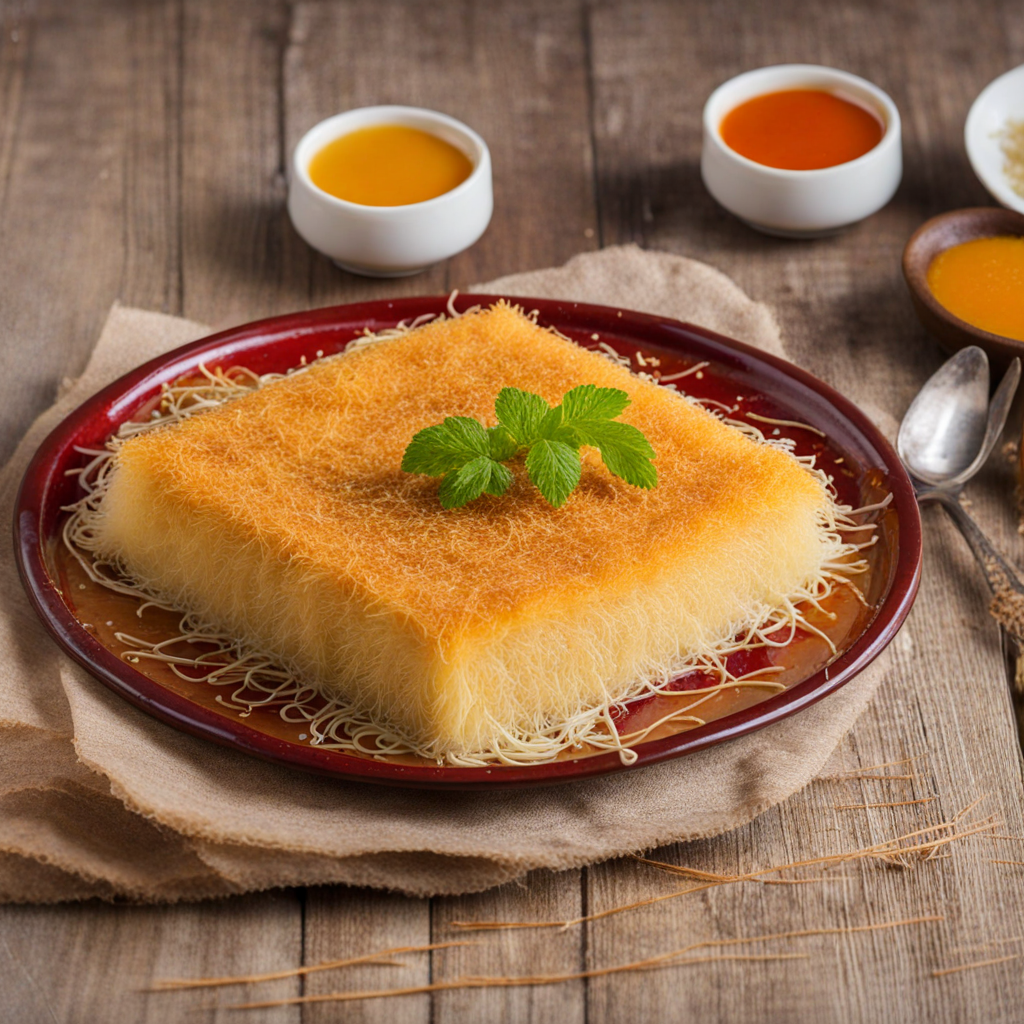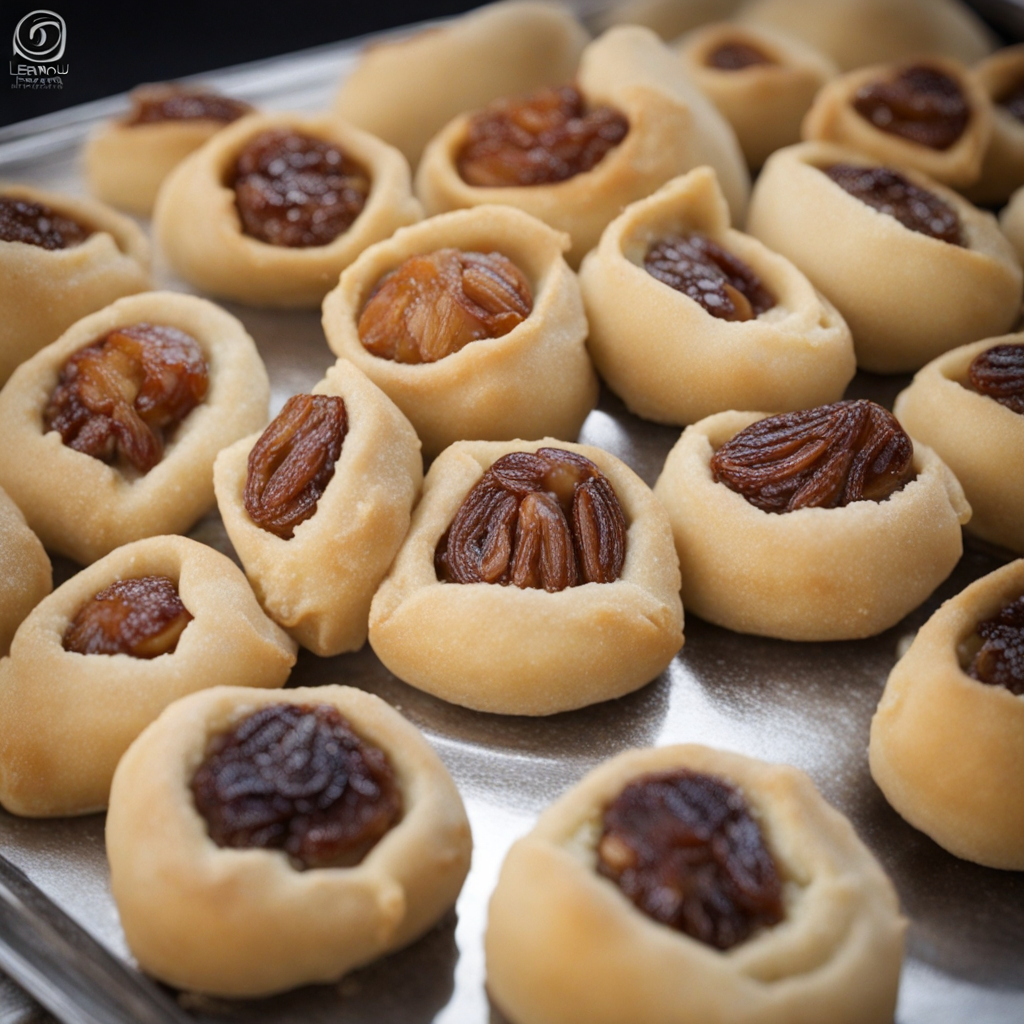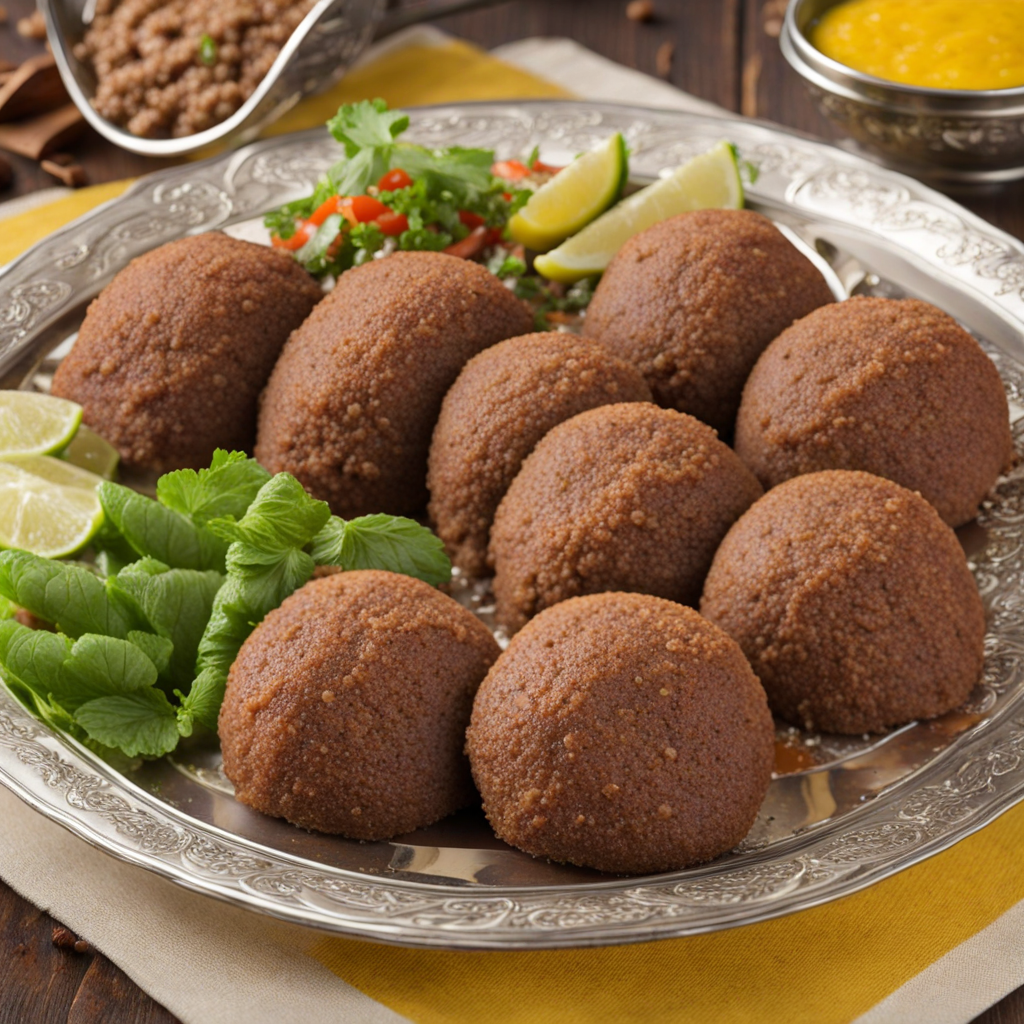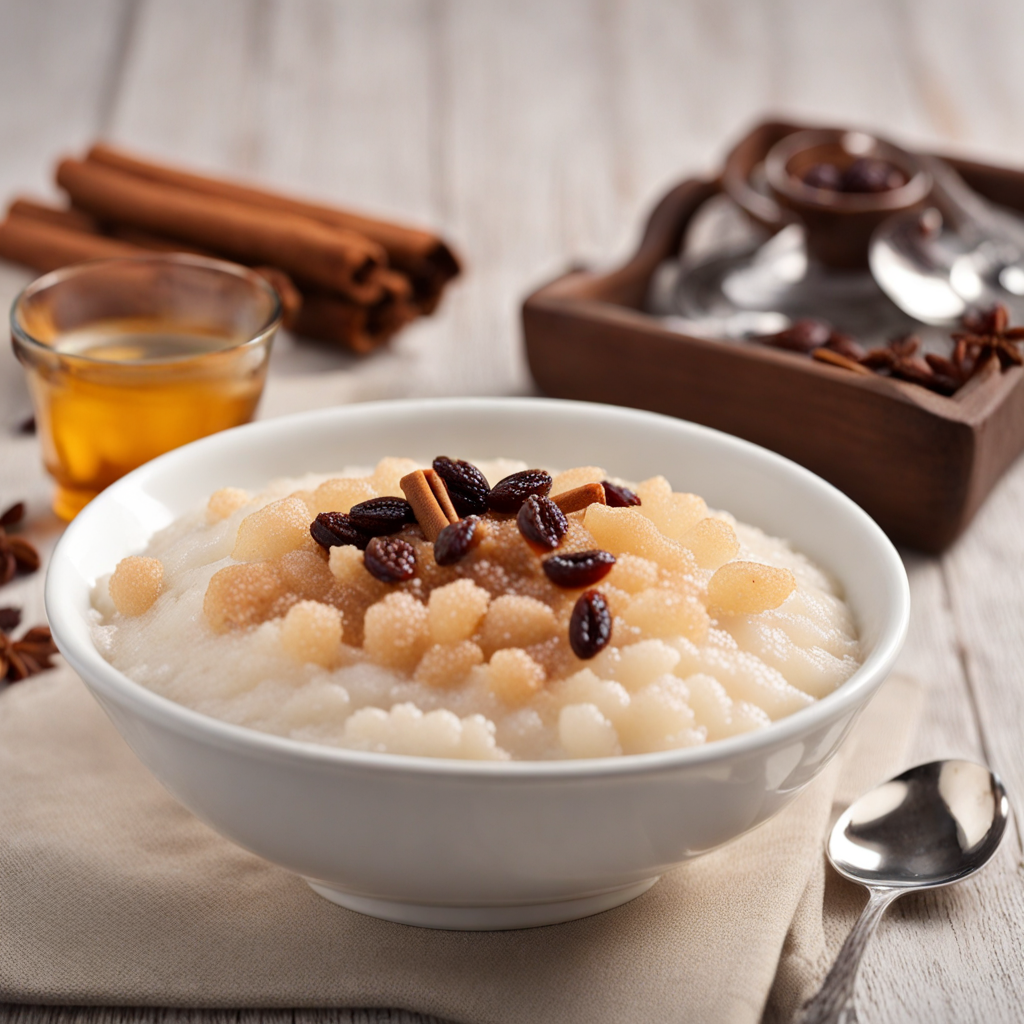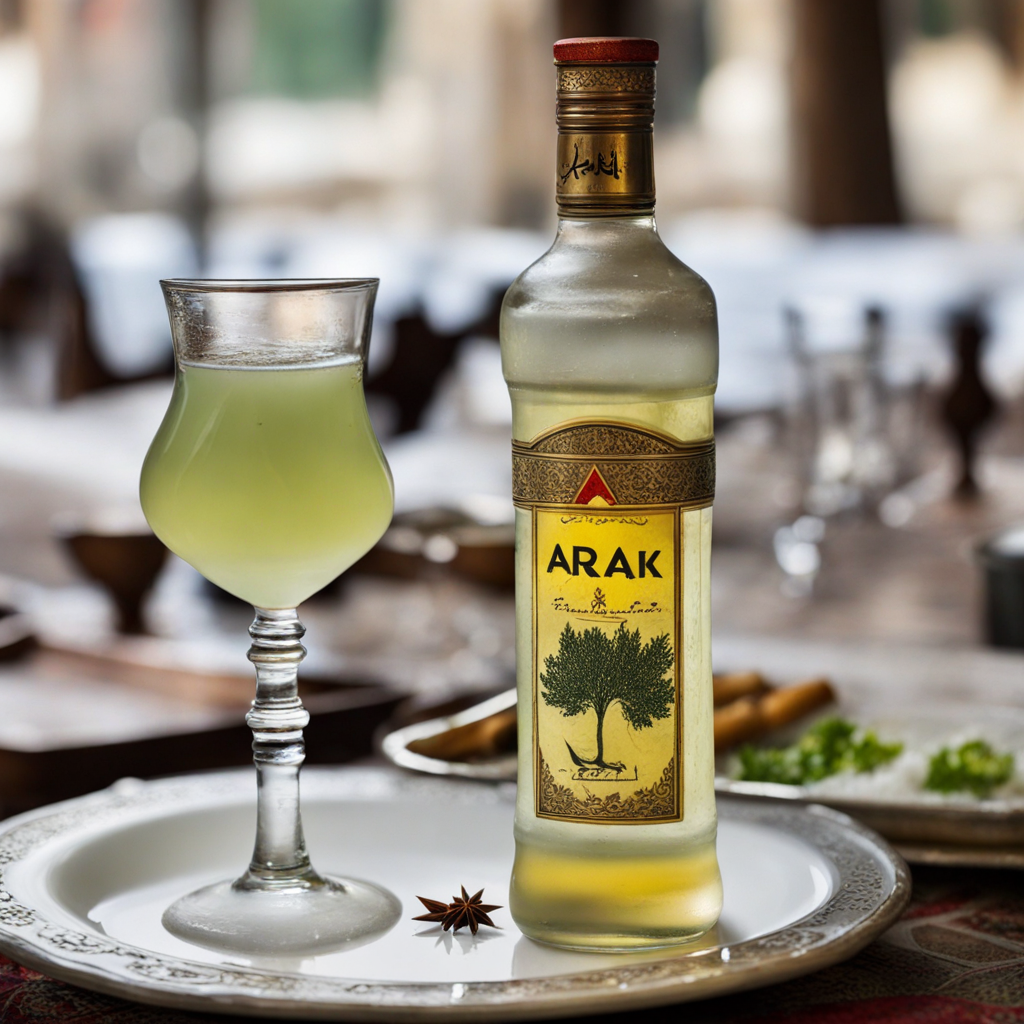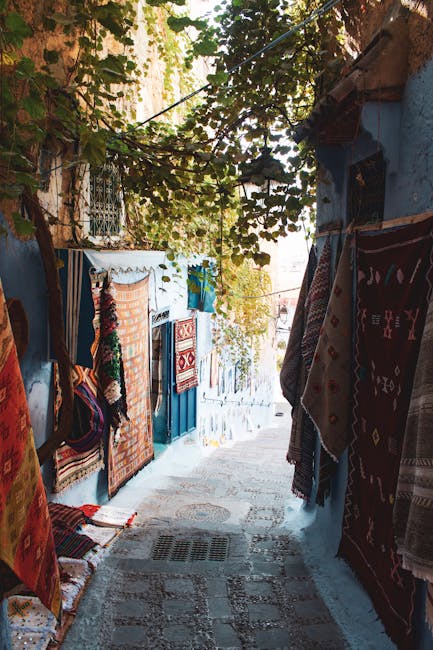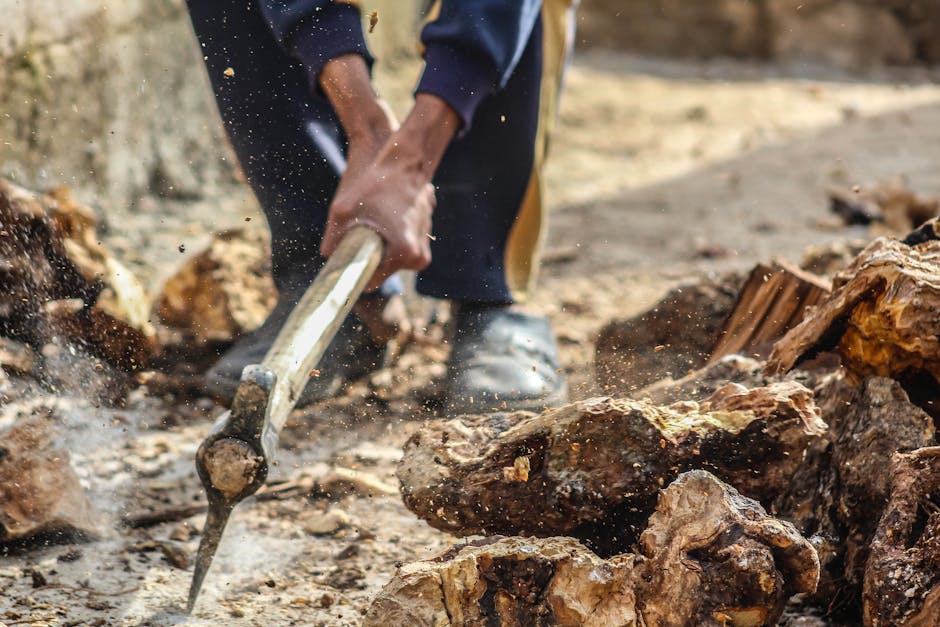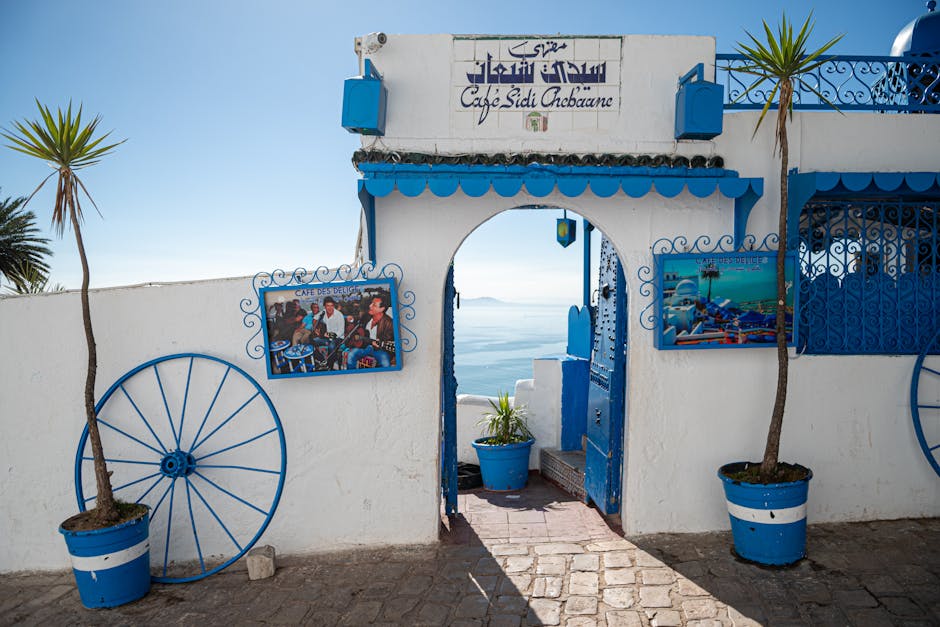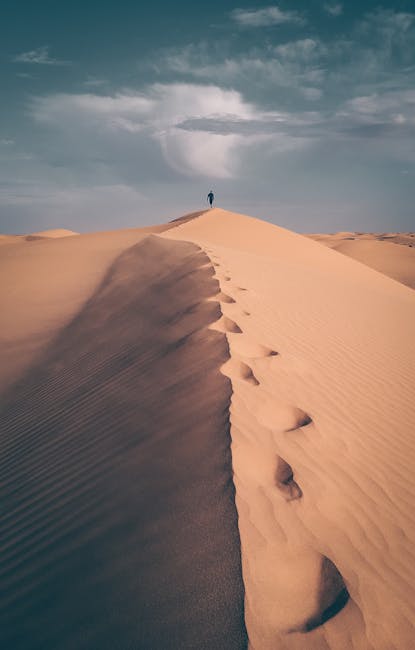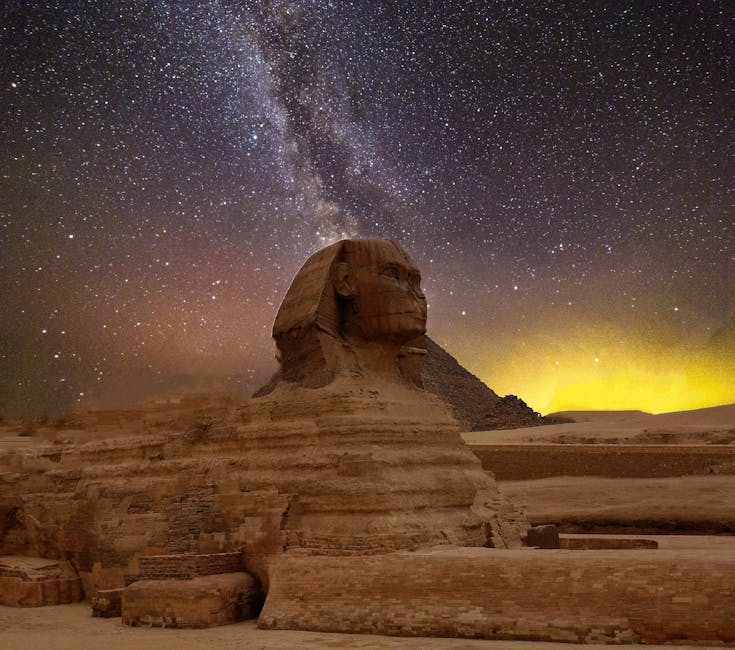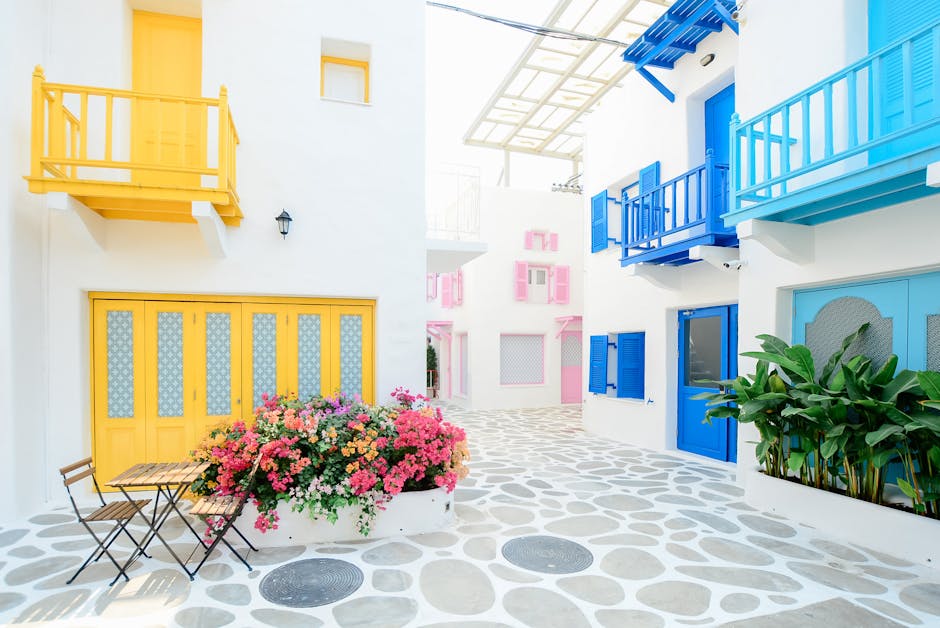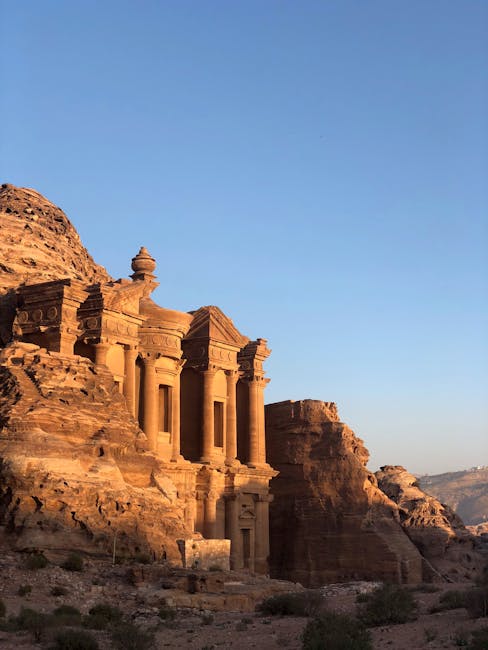Lebanon
Overview
Lebanon, a small yet vibrant country nestled in the heart of the Middle East, is a fascinating blend of history, culture, and natural beauty. Known as the "Paris of the Middle East," Lebanon is unique for its eclectic mix of Western and Eastern influences. Its capital, Beirut, is a bustling city with a thriving arts scene, vibrant nightlife, and a culinary scene to rival any European capital. Outside the city, you'll find historical treasures ranging from Roman temples to Crusader castles, and the beautiful Lebanese landscape, characterized by stunning mountains, lush valleys, and a beautiful coastline.
Lebanon's high season for tourism is during the summer months, from June to August, when the weather is typically sunny and dry. During this time, you can explore the country's beautiful beaches, go hiking in the mountains, or visit the ancient ruins in Baalbek. The vibrant city of Beirut also offers a range of cultural activities, including music festivals, art exhibitions, and food festivals. The ski season in the mountains runs from December to April, which also attracts a good number of tourists.
Before traveling to Lebanon, there are several things you need to prepare. First, ensure your passport is valid for at least six months beyond your planned departure date. While visas are not required for many nationalities for stays up to 90 days, it's always advisable to check the current entry requirements. It's also recommended to get travel insurance that covers medical expenses. Lebanon uses a different plug type (Type C, D, and G), so bring a universal adapter if you plan on using electronics. Lastly, although Lebanon is more liberal than many Middle Eastern countries, it's still recommended to dress modestly, especially when visiting religious sites. Always remember to respect local customs and traditions to ensure a pleasant and enriching travel experience.
A Glimpse into the Past
Lebanon, a small yet historically rich country in the Middle East, has been a crossroads of civilizations for millennia. Its strategic location along the eastern Mediterranean has made it a melting pot of cultures, religions, and traditions. Traveling through Lebanon offers a fascinating glimpse into its complex past, filled with ancient ruins, vibrant cities, and breathtaking landscapes.
One of the most significant aspects of Lebanon's history is its ancient heritage, particularly the Phoenician civilization that thrived around 1500 BCE. The Phoenicians were renowned seafarers and traders, establishing city-states such as Byblos, Tyre, and Sidon. These cities were instrumental in developing trade routes across the Mediterranean and are home to some of the oldest known alphabets. Visitors to Lebanon can explore the ancient ruins of these sites, with Byblos being recognized as one of the oldest continuously inhabited cities in the world, showcasing impressive archaeological finds.
Travelers can also immerse themselves in the rich Phoenician maritime culture by visiting the Tyre’s Roman Hippodrome, one of the largest in the world, which reflects the city’s significance during the Roman era. The extensive ruins of Tyre, including the Roman city and the UNESCO-listed Al-Mina archaeological site, are testaments to the city's historical importance and vibrant past.
Lebanon's history took a significant turn during the Roman period, and the remnants of this era are visible in many places. The city of Baalbek, known for its monumental Roman temples, is a must-visit. The Temple of Bacchus and the Temple of Jupiter are among the best-preserved Roman ruins in the world, showcasing the architectural prowess of the Romans. The sheer scale and intricate details of these structures leave visitors in awe, offering a glimpse into the grandeur of Roman engineering.
As time progressed, Lebanon became part of various empires, including the Byzantine and Ottoman Empires. The Ottoman period, which lasted from the 16th century until World War I, significantly shaped modern Lebanon's social and political landscape. The city of Tripoli, with its medieval architecture, bustling souks, and stunning citadel, exemplifies the Ottoman influence. The Citadel of Raymond de Saint-Gilles stands as a reminder of the Crusader period and later Ottoman modifications, making it a fascinating site for history enthusiasts.
The end of the Ottoman Empire led to the establishment of Greater Lebanon in 1920 under French mandate, which greatly influenced the country's political and cultural trajectory. The city of Beirut, often referred to as the "Paris of the Middle East," flourished during this period, becoming a hub for trade, education, and culture. The National Museum of Beirut showcases a vast collection of artifacts that reflect Lebanon's diverse history, from prehistoric times through the Phoenician and Roman eras to the modern age.
However, the political tensions that arose during the 20th century culminated in the devastating Lebanese Civil War (1975-1990). This conflict deeply divided the country along sectarian lines, leading to widespread destruction and displacement. The aftermath of the war has left a complex legacy, visible in the urban fabric of cities like Beirut, where modernity and remnants of conflict coexist. The Solidere project has transformed the downtown area into a vibrant commercial and cultural center, symbolizing resilience and renewal.
For travelers, exploring the neighborhoods of Beirut offers insights into the city's diverse cultural tapestry. The Hamra district is bustling with cafes, shops, and an eclectic mix of modern and traditional styles, while Gemmayzeh is famous for its nightlife and historic architecture. The Beirut Souks provide a contemporary shopping experience, juxtaposed against the backdrop of historical sites like the Mohammad Al-Amin Mosque and the Saint George Maronite Cathedral.
Beyond urban exploration, Lebanon's natural beauty is equally compelling. The Qadisha Valley, a UNESCO World Heritage site, is known for its stunning landscapes and ancient monasteries carved into cliffs. The valley is home to the Monastery of Qozhaya and Saint Anthony’s Monastery, offering serene surroundings for reflection and exploration. Hiking trails weave through the lush terrain, providing breathtaking views and an opportunity to connect with nature.
The Chouf Mountains are another highlight for nature lovers and adventure seekers. The region is dotted with charming villages like Deir el Qamar and Beiteddine, where visitors can admire traditional Lebanese architecture and the stunning Beiteddine Palace, a magnificent example of 19th-century Lebanese architecture. The area is also known for its rich biodiversity and hiking opportunities, including trails in the Lebanon Mountain Trail.
Lebanon’s culinary scene is an integral part of its cultural heritage, reflecting the country’s diverse influences. Traditional dishes like tabbouleh, hummus, and kibbeh are must-tries, allowing travelers to savor the rich flavors of Lebanese cuisine. The vibrant atmosphere of local markets, such as Souk el Tayeb in Beirut, offers a chance to taste fresh produce and artisanal products while engaging with local farmers and chefs.
As you traverse Lebanon, the blend of ancient and modern, the beauty of its landscapes, and the warmth of its people become apparent. The stories embedded in its ruins, the echoes of its tumultuous history, and the resilience of its culture all contribute to the allure of this remarkable country.
Lebanon's journey from ancient civilizations through imperial influences, civil conflict, and resilience paints a rich tapestry that every traveler can appreciate. Each destination, from the historical sites to the natural wonders, invites exploration and reflection, making Lebanon a unique and captivating travel experience. Whether wandering through the ancient ruins of Baalbek or enjoying a meal in a bustling Beirut restaurant, visitors will find themselves immersed in a history that is as rich as it is complex.
Top cities for tourists in Lebanon
Discover the Famous Cities That Might Captivate Your Interests
Must-Try Foods You Can't Afford to Miss
Indulge in a Variety of Fantastic Foods During Your Stay in Lebanon
May Be Your Next Destinations
People often choose these countries as their next destination


